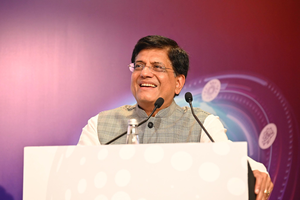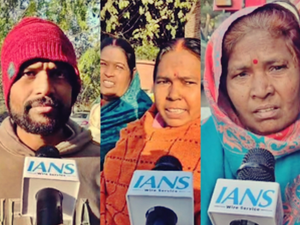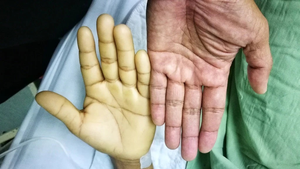
New Delhi, Dec 13 (IANS) Half of teenagers in the US are almost constantly online on social media platforms like YouTube, TikTok, Instagram, and Snapchat, finds a study, raising concerns about technology’s impact on youth.
The study by Pew Research Centre, based on a survey of US teenagers ages 13 to 17, showed that nine-in-10 teenagers reported to be mostly on YouTube.
Overall, 73 per cent of teenagers said they watch YouTube daily, making it the most widely used and visited platform. This share includes 15 per cent who describe their use as “almost constant.”
“Nearly half of teenagers say they are online almost constantly, up from 24 per cent a decade ago. This share has stayed consistent over the past few years. Overall, nearly all teenagers – 96 per cent – report using the internet daily,” the report said.
The alarming report comes even as the Australian government, last month, passed a social media ban for children under 16. The ban will apply to Instagram, X, Snapchat, and others from late 2025.
Meanwhile, Pew research showed that about 6-in-10 teenagers in the US reported using TikTok and Instagram, and 55 per cent said they use Snapchat.
About six-in-10 also reported visiting TikTok daily. This includes 16 per cent who report being on it almost constantly.
Roughly half of teenagers said they go on Instagram or Snapchat daily. This includes about one-in-10 who say they’re on each of these platforms almost constantly.
The share of teenagers who say they use Instagram almost constantly has increased slightly, from 8 per cent in 2023 to 12 per cent today.
The use of Facebook (32 per cent) and X (17 per cent) has steeply declined over the past decade among teenagers.
Further, about a quarter of teenagers (23 per cent) said they use WhatsApp, while 14 per cent reported using Reddit.
Across all five platforms, one-third of teens use at least one of these sites almost constantly.
Notably, “no gender differences” were observed in the shares of teenagers who reported using Instagram and Facebook almost constantly.
Yet, teenage girls use Instagram (66 per cent vs. 56 per cent) and TikTok more widely than teenage boys (66 per cent vs 59 per cent). On the other hand, boys are more likely than girls to use YouTube (93 per cent vs. 87 per cent).
–IANS
rvt/



















